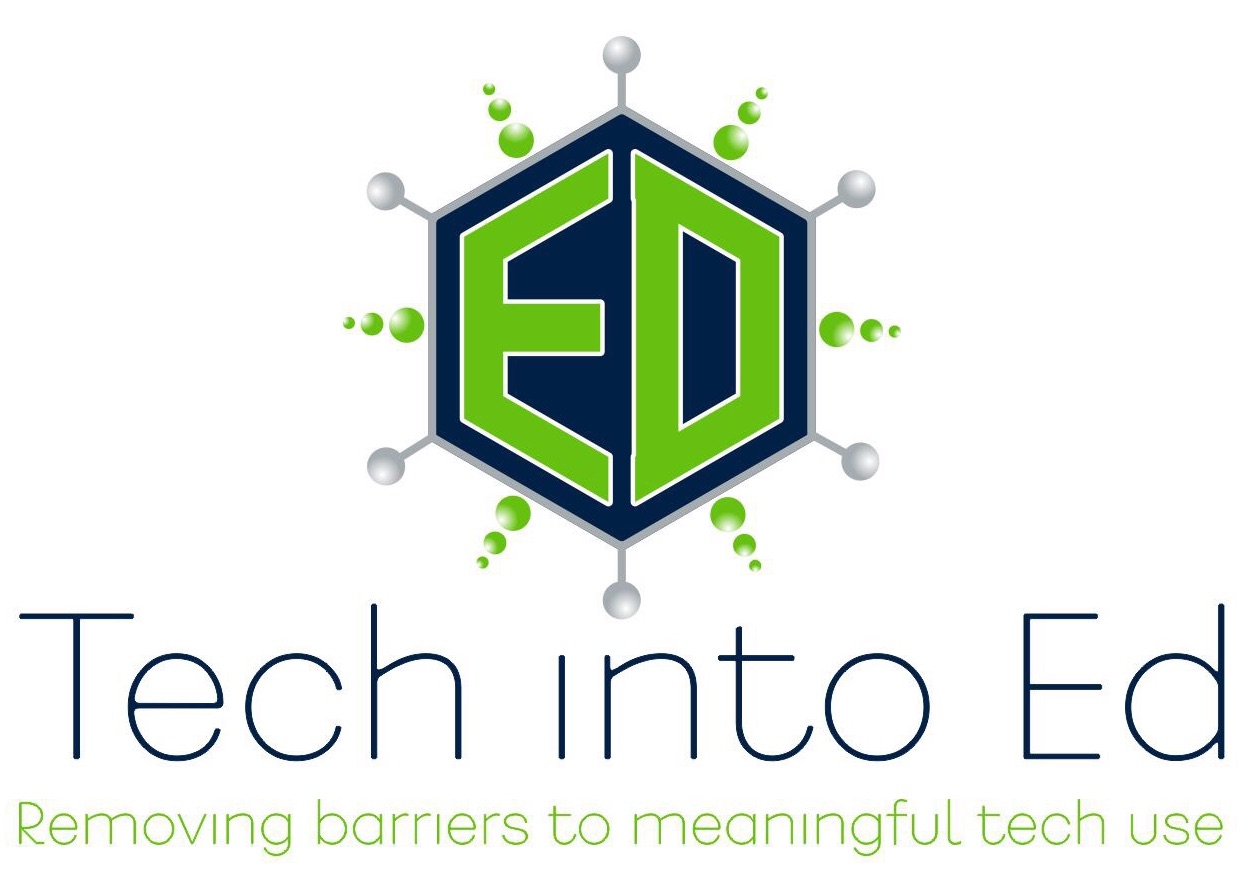Sidenotes: Getting tech into ed by owning the changes
The 21st Century is here. In fact, it has been here for a while. Yet, as is typical with anything in education, change toward embracing 21st century teaching/learning environments in public schools is comparable to the progress of a moving glacier.
And there are reasons for this overwhelmingly slow response to change in a rapidly changing world. Lots of reasons. Lack of budgetary support. Lack of time. Lack of knowledge. Lack of support. Lack of professional development. Lack of interest. On the surface, these all seem like legitimate points. How can we bring in new technology and utilize it properly if schools don’t have the money to afford the equipment? How can we be expected to fit this expectation into an already jam packed year filled with mandatory curriculum? How can we be expected to utilize technology properly in an educational environment if we don’t have the professional development training to instruct us on how do so? As you can imagine (and probably can add to), the list of valid questions continues on.
But what if educators choose to look at this movement differently than we’ve looked at so many others? (More on this in a minute.)
Over the course of my teaching career (which I’ll admit has not been that long), I have been impressed with the continuous incoming flow of “eduspeak” that has been thrown my way. Professional learning communities. Six traits of writing. Six plus one traits of writing. Differentiation. All kinds of talk about assessment. Classroom management strategies and professional development strategies and planning strategies and… well, you get the picture. And what I’ve consistently noticed is that not one of these has been something I have had to seek out. They have found me.
In fact, it seems that the channels and gateways by which these educational movements and catch phrases move about our community of educators always seem to be wide open, yet I don’t know of any teachers who have the ability to influence which of those catch phrases and movements we will grasp onto and hold true to. Somehow, whether through administrative leadership or the suggestions of members of Boards of Education, these initiatives become district initiatives. As initiatives, they are repeated as elements within district mottos, are painted on walls and plastered on handouts at staff meetings, and they become a part of the “language” used by Curriculum Directors in the district.
Have you ever wondered when you, as the educator who actually stands in front of that classroom of students each day, would have an opportunity to choose an initiative that you believed in? Perhaps the time (or the opportunity) has come.
We know that technology is the future for our students. We know that a solid foundation in 21st century skills is the essential literacy of generations of students today and well into the future. And, as educators, providing students with those essential skills is an initiative that most of us can support.
So, what if educators chose to look at movement of integrating technology with solid educational practices differently? What if educators made the choice to embrace 21st century skills as a step in the right direction for education? What if educators began to take the lead on finding ways to overcome budget and time constraints, to seek out and provide our own forms of professional development, and to take an initiative we whole-heartedly believed in to our administrators and boards as the direction we would like to see our schools go in?
The blending of quality instruction with seamless utilization of technology is a movement that educators can and should support. By recognizing this sooner rather than later, we have the unique opportunity to encourage our districts to move in a direction that we believe in and that we know will make a positive difference in the lives of our students (not only while they are in our classrooms, but while they work and live in a world unlike one we have ever witnessed before). When teachers begin to “own” the movement that embraces the integration of technology, we also begin to fully commit ourselves to the initiatives of our districts and to the overall direction of education.
And that’s not all we stand to gain (although that seems like an awful lot). Fully embracing this type of initiative earns us the respect of our students and their parents, our administrators, and possibly even our communities (a respect that, as is proven with each referendum that is shot down and each contract negotiation that falls short of its initial goals, is not what it perhaps once was). Additionally, educators gain the power that accompanies visionary leadership (the power we give up each time we allow some other party to choose an initiative that we feel uncommitted to and often choose not to support). These are elements that should not be the focus in choosing to acknowledge the power of Instructional Technology in education, but they are certainly excellent perks!
So, what stands in our way? Why don’t educators embrace this opportunity to finally push forward and “own” an initiative within their schools? Well, status quo is one likelihood. Lack of knowledge is another. Piles of excuses aren’t far behind, I’m sure.
But when we get down to what really matters — doing what is right for students– it seems like grasping this initiative is a worthwhile and meaningful venture. And when we can focus on that…and begin to organize…educators can begin to “own” this truly progressive change in education.
Copyright © 2009 All rights reserved
